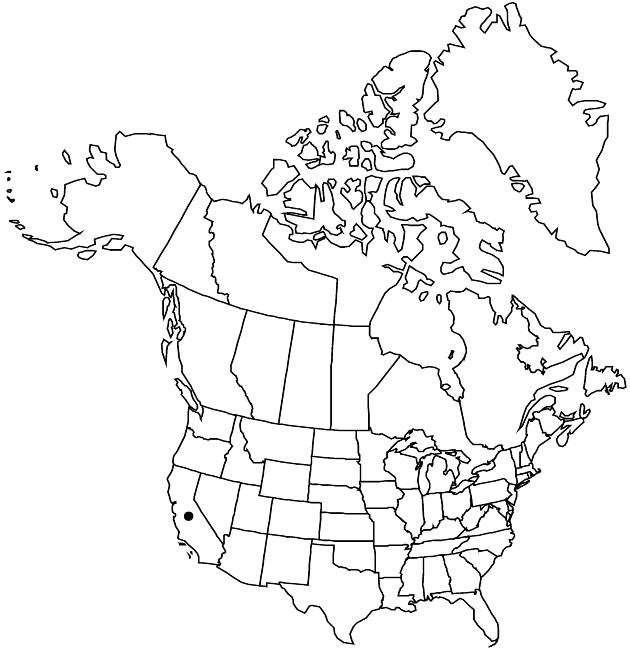Difference between revisions of "Hemizonia congesta subsp. congesta"
EndemicConservation concern
Synonyms: Hemizonia congesta subsp. leucocephala Hemizonia leucocephala
imported>Volume Importer |
(No difference)
|
Latest revision as of 22:43, 29 July 2020
Leaves villous (the distal often with hairs longer at margins), all or distal glandular, often sparsely (rarely eglandular). Heads (some or all) usually in glomerules, sometimes in corymbiform or paniculiform arrays. Peduncles 0 or 1–4 mm, bracts not surpassing phyllaries. Calyculi 0. Phyllaries 6–10 mm, apices usually longer than bodies. Ray-florets 5–13; laminae white, abaxially purple-veined. Cypsela widths 0.5–0.6 times lengths. 2n = 28.
Phenology: Flowering May–Nov.
Habitat: Grasslands, meadows, marsh edges
Elevation: 0–100 m
Discussion
Of conservation concern.
Subspecies congesta occurs in the San Francisco Bay area and North Coast Ranges. Natural hybrids between subsp. congesta and subsp. lutescens have been reported (E. B. Babcock and H. M. Hall 1924).
Selected References
None.
Lower Taxa
None.
... more about "Hemizonia congesta subsp. congesta"
introrse +
connate +
beaked +
herbaceous +
usually longer +
scarious +
absent +
hirsute +
papillate +
continuous +
decurrent +
straight +
greater than lengths +
inconspicuous +
linear to linear-elliptic +
lobed;usually spatulate;oblanceolate +
winged;ribbed;winged;ribbed +
1;15 +
stigmatic +
absent +
zygomorphic +
monomorphic +
black +
dimorphic +
2mm;3.5mm +
1/(0.5-0.6) +
staminate +
absent +
staminate +
Calif. +
straight +
distinct +
proximal +
1;5 +
bisexual +
dispersed +
singly +
discoid +
singly +
indeterminate +
surrounding +
hemispheric;more or less urceolate or globose +
purple-veined +
white +
2mm;8mm +
cauline +
villous +
deltate +
2-carpellate +
inferior +
attached +
anatropous +
persistent +
falling +
absent +
absent +
1-4 mm +
tough +
thick +
absent +
connate +
persistent +
distinct +
falling +
absent +
unequal +
sessile +
in A. P. de Candolle and A. L. P. P. de Candolle, Prodr. +
1836 +
pistillate +
absent +
fertile +
paleate +
glabrous +
flat;conic +
fibrous +
exalbuminous +
modifed +
absent +
alternate +
erect +
2-branched +
papillate +
Hemizonia congesta subsp. congesta +
Hemizonia congesta +
subspecies +
cylindric +
equaling +
shorter +
annual +
